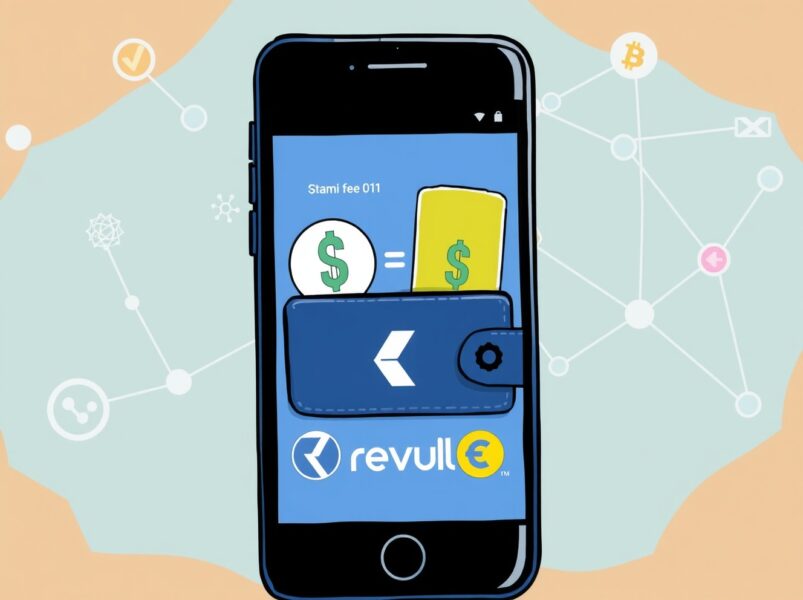Genius Group’s $1B Lawsuits Could Trigger 5,000 BTC Buying Spree
Genius Group, a Nasdaq-listed AI-driven education company, has approved a plan to split potential winnings from two major lawsuits between its shareholders and Bitcoin treasury. The company says it could recover more than $1 billion in damages from the combined cases.
In a press release on Thursday, the Singapore-based company announced that its board of directors has approved a distribution plan for any net damages it recovers. According to the statement, 50% of any funds won in court would be paid out to shareholders as a special dividend, while the remaining 50% would be used to purchase Bitcoin.
CEO Roger Hamilton said the decision was made to ensure that any court victories benefit shareholders directly. “The Company has two legal cases, one filed and one pending, in which we are seeking combined damages of over $1 billion,” he said.
The company’s first lawsuit, already filed in the U.S. District Court for the Southern District of Florida, seeks over $750 million in damages under the Racketeer Influenced and Corrupt Organizations (RICO) Act.
The suit names four individuals, including former SEC Chairman John Clayton, and alleges misconduct that caused financial harm to Genius Group.
A second lawsuit is still pending and centers on allegations of naked short selling and market manipulation. The firm says preliminary analysis of its 2023 trading data shows damages between $251 million and $262 million.
Its legal team, led by attorney Wes Christian, is currently updating the claim with more recent trading records, and expects the damage estimate to increase significantly before filing.
“As both lawsuits are being pursued by the Company to recover damages caused by third parties directly to our shareholders, the Board believes that 100% of any proceeds from the successful outcome of these cases should be directly distributed or reinvested for the benefit of shareholders.” Roger said.
Genius Group said the upcoming short selling lawsuit is currently in its final review and will include revised damage estimates based on continued tracking of share trading activity.
There’s no timeline yet for when either case may conclude, and the company cautioned that there’s no certainty around the final outcome or the amount of damages it may recover. Still, Genius Group has laid out a clear post-trial roadmap.
Once any net damages are collected, after deducting legal fees, recovery costs, and taxes, the funds will be split. Shareholders would receive a dividend, while the company would use the other half to add to its Bitcoin holdings.
If successful, the strategy could set the stage for one of the largest corporate Bitcoin purchases linked directly to litigation proceeds.
The company did not disclose how much Bitcoin it currently holds but has previously described itself as a “Bitcoin-first” organization.
Genius Group is listed on the NYSE American under the ticker GNS. Any payouts or purchases will follow regulations from the SEC, the NYSE, and Singaporean authorities.
Court Drama Eases as Genius Group Resumes Bitcoin Buying Spree Post Legal Freeze
Following a turbulent legal standoff that saw Genius Group barred from raising funds and forced to offload part of its Bitcoin treasury, the education and AI-focused firm is now back on the offensive.
On April 3, a New York court temporarily prohibited Genius Group from selling shares or using investor funds to purchase Bitcoin, citing ongoing lawsuits linked to its scrapped deal with Fatbrain AI (LZGI).
Allegations of fraud involving executives Michael Moe and Peter Ritz escalated into a full-blown legal freeze. The court injunction, backed by an SEC complaint, also halted the company’s $150 million at-the-market share offering.
Forced to stay afloat, Genius sold down its BTC holdings from 440 BTC to 430 BTC as operations came under pressure.
However, a U.S. Court of Appeals ruling in May reversed the freeze, clearing the way for Genius to re-enter the market.
On May 22, the company confirmed a new Bitcoin purchase of 24.5 BTC, boosting its treasury to 85.5 BTC at an average cost of $99,700 per coin, a total of $8.5 million invested.
That marks a 40% increase since the freeze was lifted, positioning Genius Group back in the ranks of corporate Bitcoin accumulators.
In November 2024, Genius Group (GNS) adopted a “Bitcoin-first” treasury strategy, naming BTC its primary reserve asset.
The company pledged to allocate 90% of its current and future reserves to Bitcoin, citing strong long-term confidence in the asset.
To begin, Genius plans to use $120 million from its $150 million ATM funding facility to purchase Bitcoin.
You May Also Like

Ripple Clash: Scott Melker Questions XRP’s True Purpose

The End of Fragmentation: Towards a Coherent Ethereum
